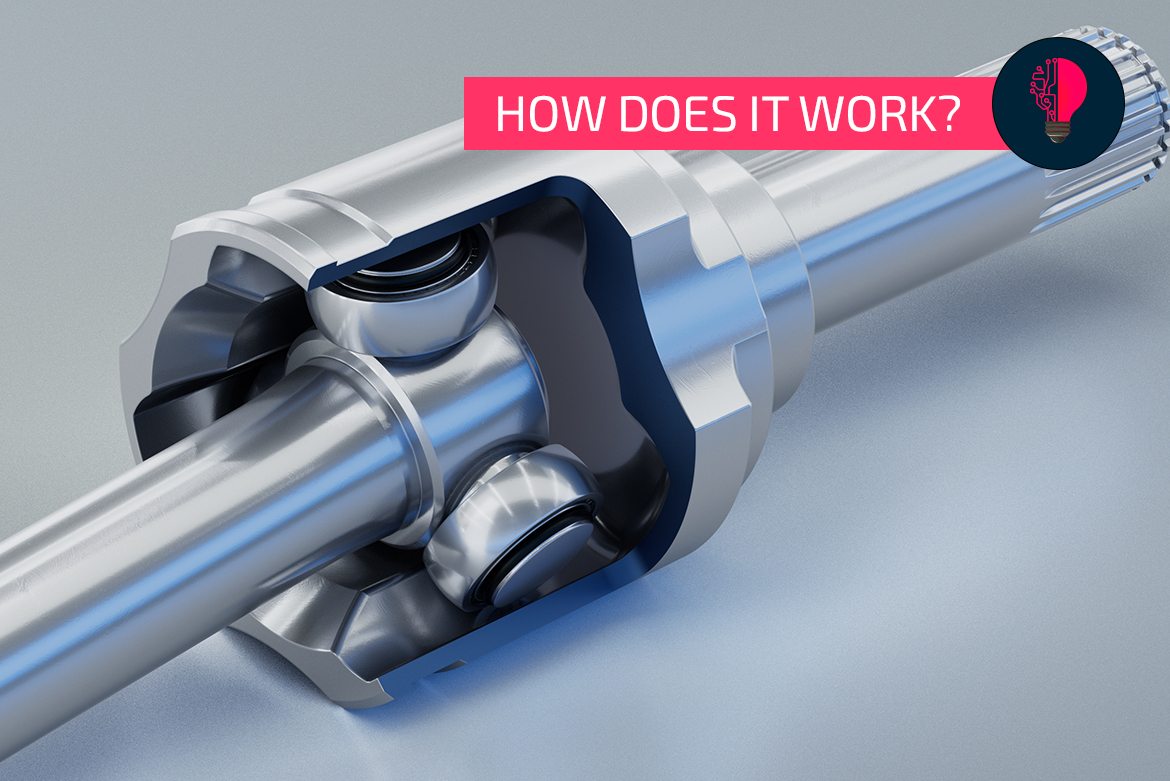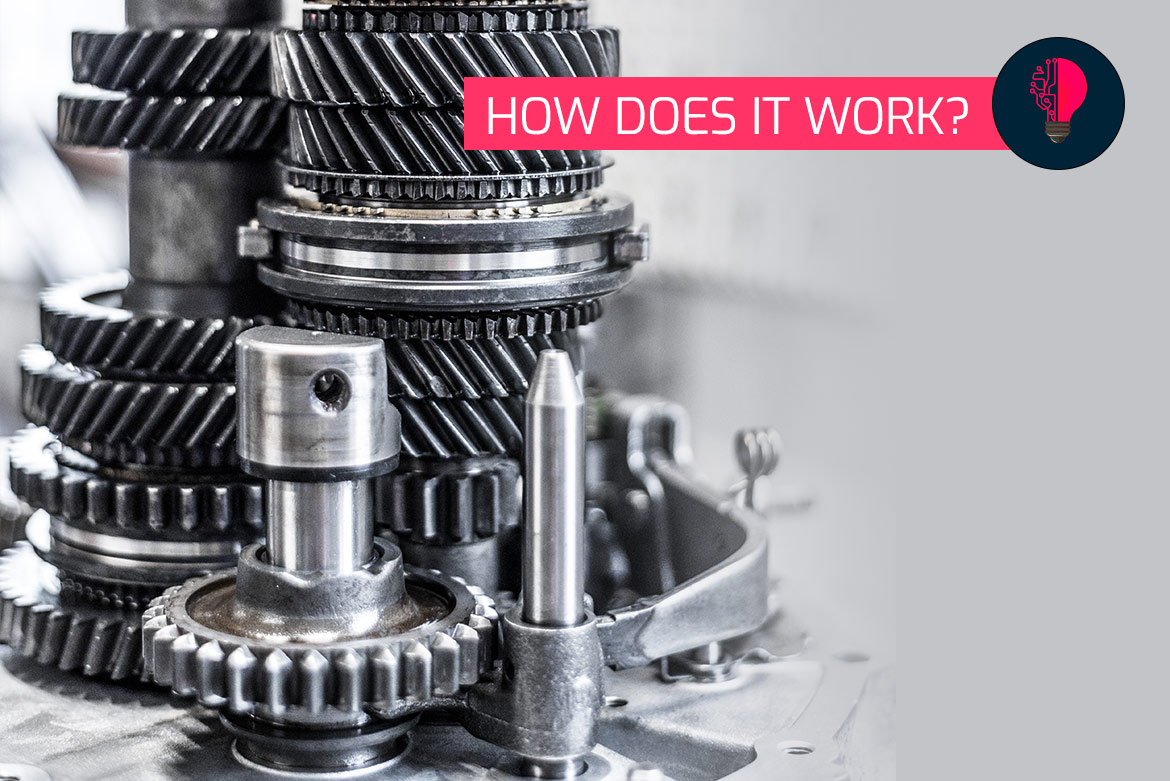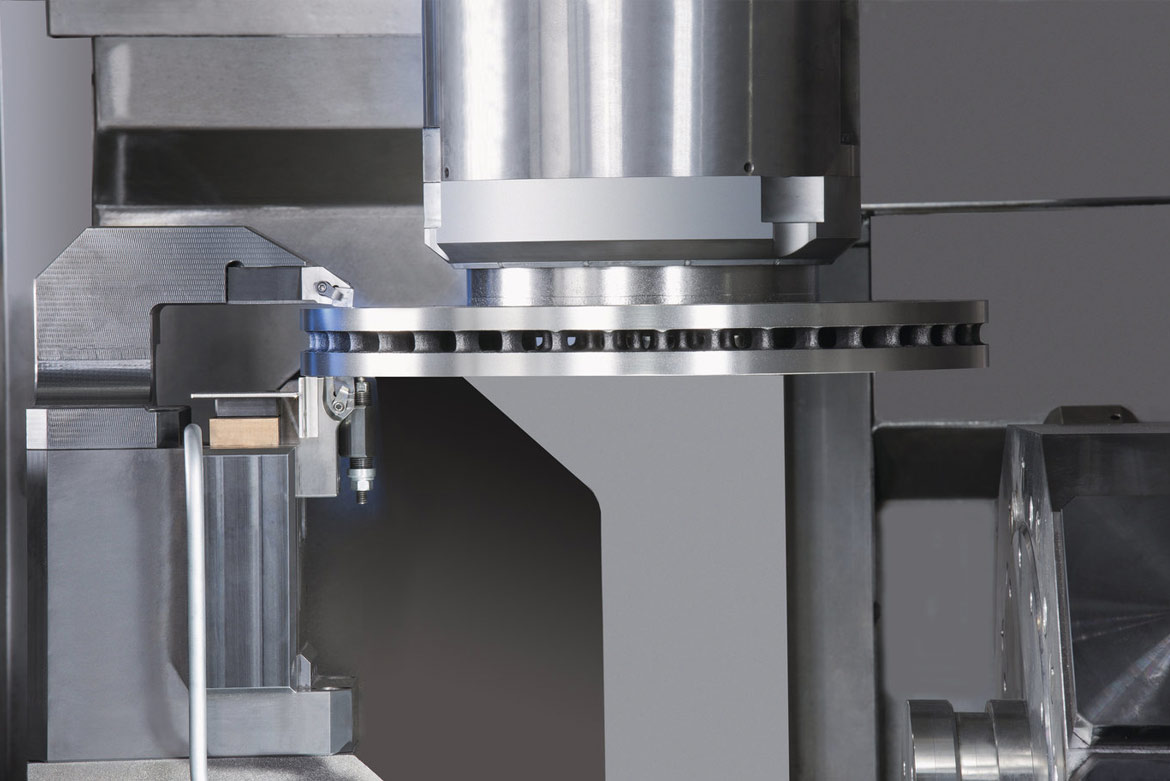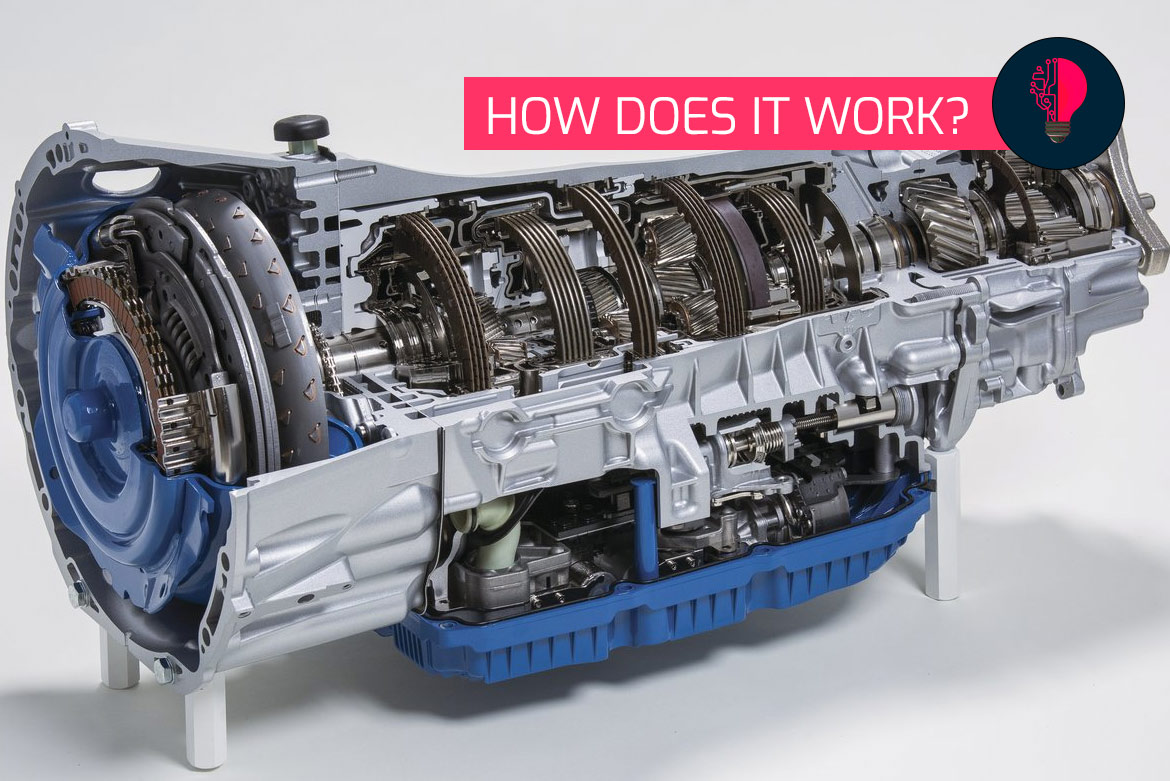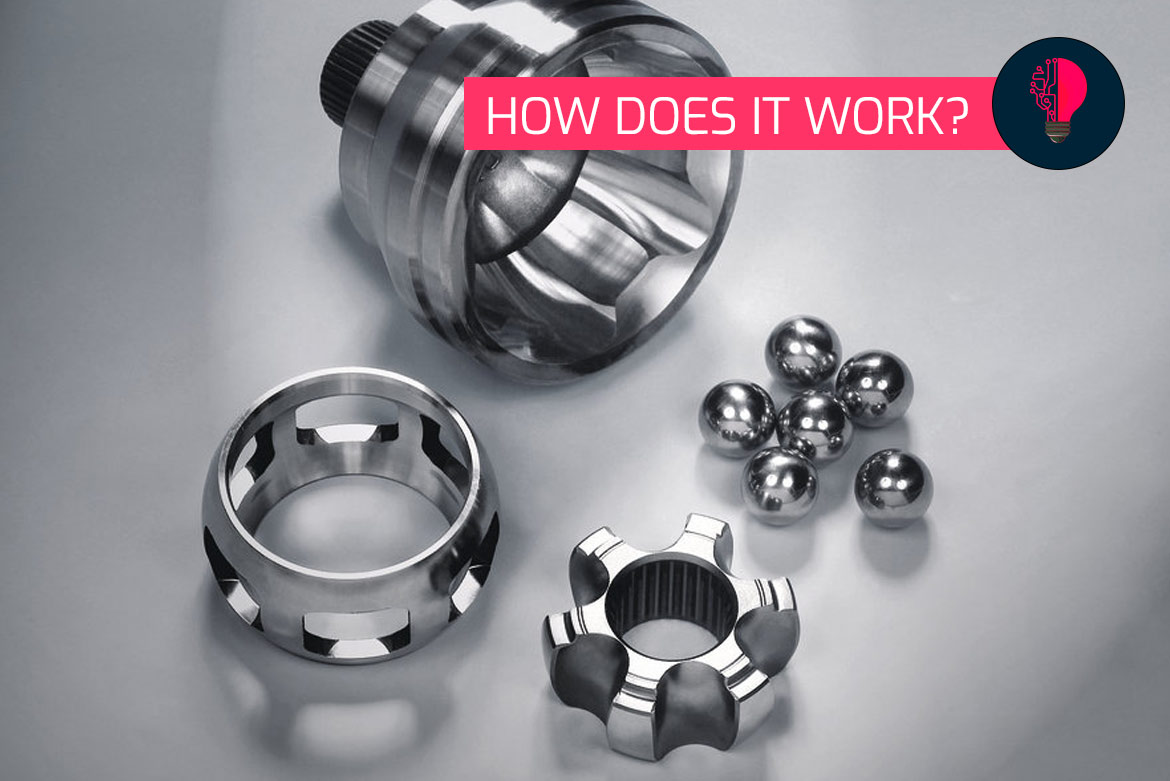Without the tripod joint, the drive in a car would be inconceivable: The relatively small component creates the power connection between the axle drive and the drive shaft. Why is this technology so important?
Oliver Hagenlocher
The brake disc is one of the most important safety-relevant components in passenger and commercial vehicles. The production of brake discs is, therefore, a demanding field of application that requires the highest precision. At the same time, cost pressures are very high and changing production batches must pass through the production lines with high productivity and short set-up times. As a specialist in the machining of brake discs, EMAG has already implemented numerous customized turnkey solutions in close cooperation with customers operating worldwide. In the following interview with Dominic Grimminger, expert for brake disc production systems at EMAG, we learn more about the challenges and solutions in this field of application.
In our latest interview, we take an in-depth look at the W 11 CNC cylindrical grinding machine from EMAG Weiss, a state-of-the-art solution designed specifically to meet the demanding requirements of today’s manufacturing industry. Known for its exceptional flexibility and precision, the machine maximizes the efficiency and accuracy of machining processes. With functions ranging from quick and easy retooling to intuitive dialog programming, the W 11 CNC sets new standards in the world of cylindrical grinding. Andreas Hessling, Technical Sales Manager at EMAG, gives an insight into the technical advantages and range of applications of the machine.
Precise, compact and cost-effective – these are the criteria that have made the WPG 7 external cylindrical grinding machine from EMAG WEISS a great success on the market. It requires minimal floor space and can also be installed quickly, but at the same time features a whole range of high-tech components for flexibility and productivity. What characterizes the machine in detail? Our grinding expert Andreas Holstein provides the answers in this interview.
The gear skiving process, also known as power skiving, is becoming increasingly popular with many users in the manufacture of gear components. This is no coincidence: compared to the shaping process, it is significantly faster and also offers more flexibility than hobbing and broaching. However, for a long time it was considered relatively complex. In this context, the VSC 400 PS represents a turning point – the application of power skiving is significantly simplified, as only minimal data is required from the operator, eliminating the need for extensive expertise in gear cutting. To take a closer look at the technology behind the VSC 400 PS and its impact on the industry, we interviewed Daniel Nille, Head of Technology Development for EMAG Power Skiving.
Planetary gears have been around for over 200 years – the first one was used in a steam engine at the beginning of the 19th century. The technology is still indispensable in cars, for example. What distinguishes the whole thing in detail and what are the differences in design?
For the past several years, EMAG has offered a turning machine for high-productivity turned parts production, the VL 3 DUO. We spoke to Björn Svatek, Director Global Sales, about the advantages and special features of this machine concept.
CV joints are indispensable, especially in vehicle construction. Their greatest strength: they transmit the rotational movement between two shafts completely uniformly. As a result, there is no “jerking” or similar, which would put unnecessary strain on all the components involved. We have compiled some fascinating information about this invention here.
The EMAG ELC 6 laser welding machine plays a key role in the production of drive components for electric motors. In our interview with Konrad Eibl, you will gain a deeper insight into how the ELC 6 works, the technical aspects and the wide range of possible applications. You will learn how this innovative machine contributes to increasing efficiency in production and what role it will play in the future of manufacturing technology. Particular attention will be paid to the production of rotor shafts, a critical element in the rapidly growing electromobility industry, where precision and process reliability are highly important.
